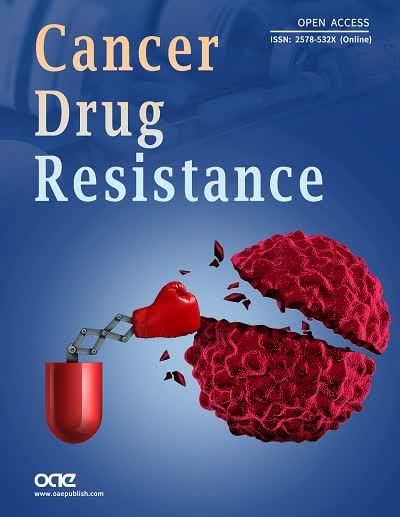fig2

Figure 2. Mutant FLT3 and its role in ROS generation through the NOX2 complex. The membrane (p22phox and NOX2) and cytoplasm (p47phox, p67phox, p40phox) components and the GTP-binding protein Rac1/2 form the NOX2 complex upon activation. FLT3-ITD phosphorylates JAK/LYN, which subsequently phosphorylates and activates PKC. The activated PKC phosphorylates serine residues 303 and 304 on p47, leading to its activation. As a regulator of the NOX2 complex, the phosphorylated form of p47 activates NOX2, resulting in the generation of superoxide and subsequent ROS via NOX2 activity. The generated ROS oxidizes cysteine 828 on FLT3-ITD (and possibly other serine residues). Cysteine 828 has been shown to play a significant role in enhancing the transforming activity of FLT3, and its oxidation is expected to further increase FLT3 activity. This series of events creates a feedback loop, resulting in elevated FLT3 activity and increased ROS production as outcomes. *: plasma membrane; **: cytoplasm; O2•-: superoxide anion; P: phosphorylation. FLT3: FMS-like tyrosine kinase 3; ROS: reactive oxygen species; GTP: guanosine triphosphate; ITD: internal tandem duplication; JAK: janus kinase; LYN: LYN proto-oncogene; PKC: protein kinase C.












